Dirty Dozen 2024 Exposes Scary Fungicide Risks in Popular Produce
The Environmental Working Group (EWG) has unveiled its annual Dirty Dozen list for 2024. It highlights the 12 non-organic fruits and vegetables with the highest levels of pesticide residues — with a frightening new reason to avoid pesticide-laden conventionally grown produce — fungicides.

Getty Images via Unsplash
The EWG’s Dirty Dozen list isn’t just fancifully plucked from thin air (like the doctored Mother’s Day photo from Kensington Palace). Instead, it’s backed by a robust analysis of data from a massive government testing program. This means the scary results are not just your run-of-the-mill fear-mongering, folks, but something that is genuinely concerning.
Want more non-toxic living guidace? Sign up for the newsletter for more well-researched and smart wellness advice.
This Year’s Dirty Dozen Report Exposes the Dangers of a Fungicide Among Us
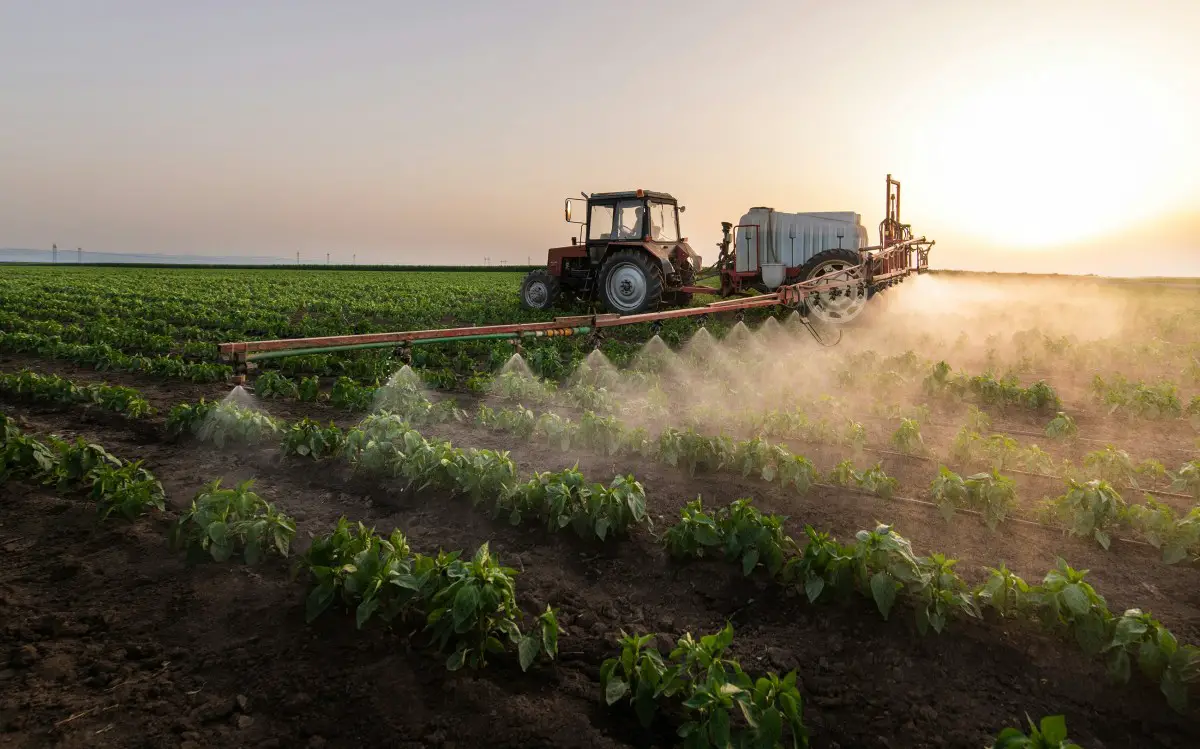
Getty Images via Unsplash
It turns out there’s compelling evidence suggesting that widely used fungicides may disrupt your hormone system (yikes!).1 In fact, four of the five most frequently detected chemicals in non-organic produce are fungicides: fludioxonil, pyraclostrobin, boscalid, and pyrimethanil.
It’s important for you, as health-conscious savvy consumers, to understand how you can limit your exposure to any and all toxins (for our chef-approved list of non-toxic cookware, see this guide), as residues can build up in your system, causing what’s referred to as a “cocktail effect.”2 This is a particular area of concern when it comes to endocrine disruption as well as detrimental changes to the microbiome.2 Luckily, when it comes to produce, the EWG makes it easy for you.
What Are Fungicides?
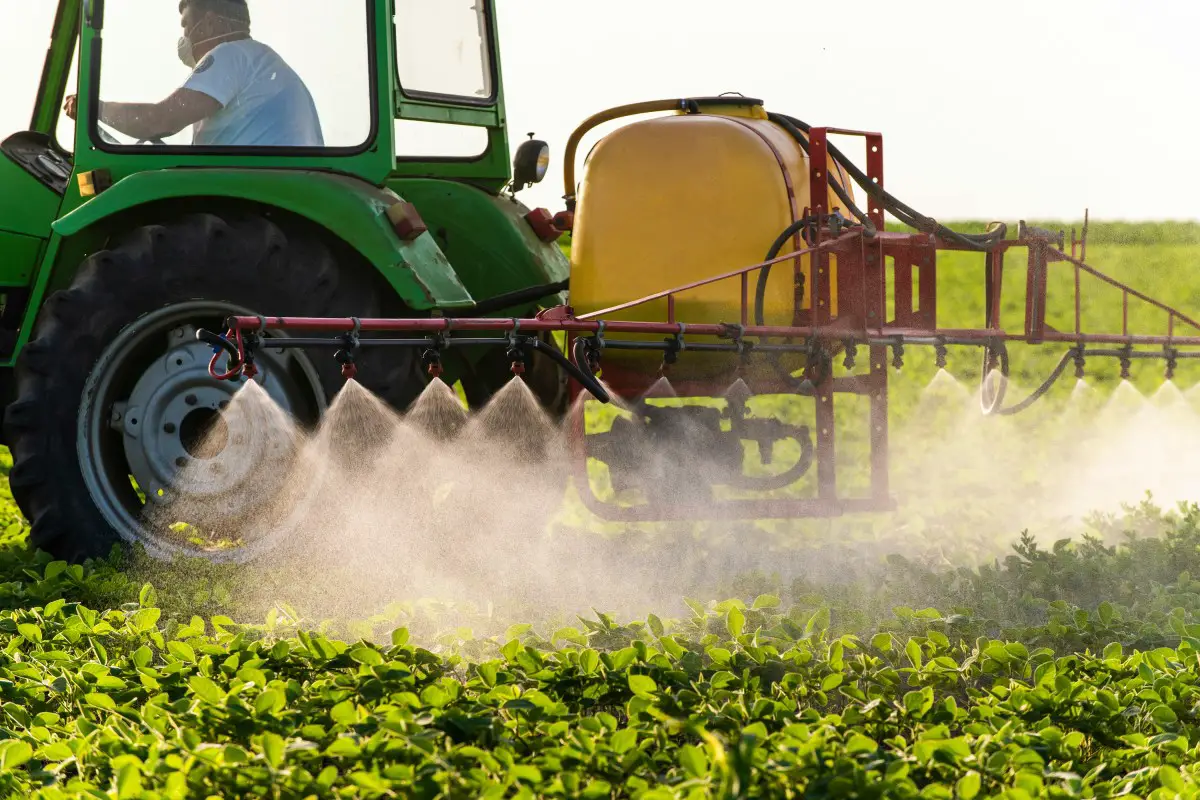
Getty Images via Unsplash
Fungicides are pesticides that keep fungal diseases like powdery mildew from turning your berries into fuzzy nightmares. And, in particular, to keep the product mold-free on its journey to a supermarket near you so you’re more likely to bring it home to a fridge near you. That sounds like a good thing, right? Wrong.
While the science is still catching up, some studies suggest that these particular fungicides might disrupt our delicate hormone systems, particularly those related to male reproduction.
Dr. Alexis Temkin, the senior toxicologist at the EWG says, “Emerging evidence suggests many widely used fungicides may disrupt human hormone systems.” he goes on to say, “But more studies are needed to better understand the risks they – and all pesticides – pose to humans, particularly children.”
Not to mention, many fungicides are viewed as potential EDC (Endocrine Disrupting Chemicals) Estrogenic micropollutants in the environment and may have cytotoxic effects.3
Unveiling the Dirty Dozen 2024 Data
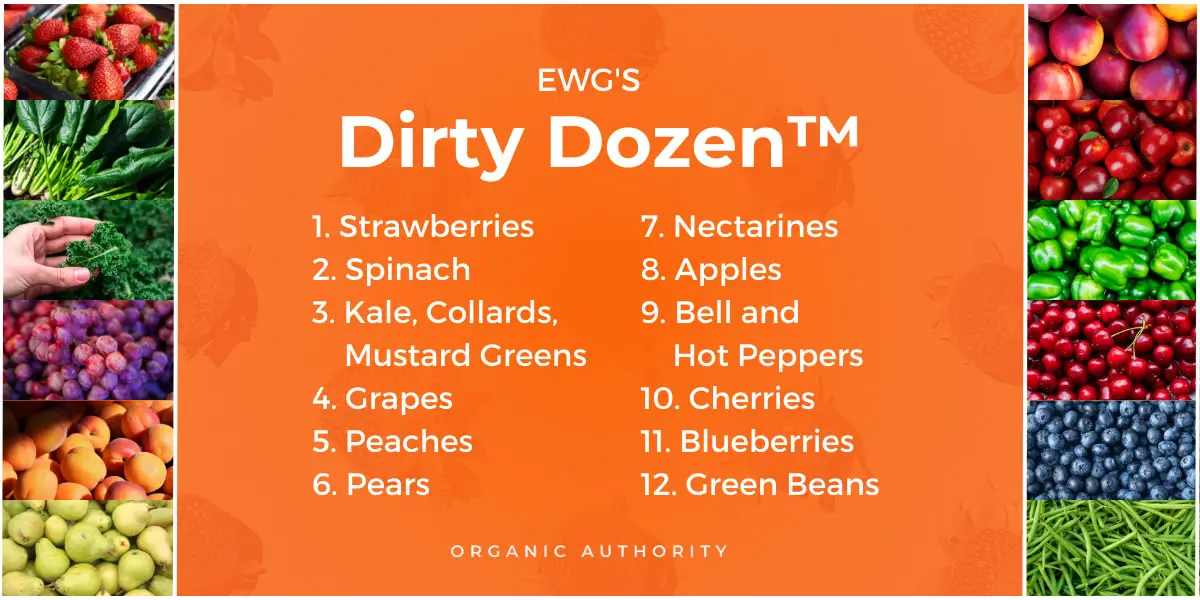
Organic Authority Studio
- Strawberries
- Spinach
- Kale, Collards, Mustard Greens
- Grapes
- Peaches
- Pears
- Nectarines
- Apples
- Bell and Hot Peppers
- Cherries
- Blueberries
- Green Beans
(Tip: Bookmark this page or screenshot these lists and save them on your phone so you’ll always have them on hand when it’s time to shop.)
The 2024 Shopper’s Guide to Pesticides in Produce draws on a staggering 47,510 samples of 46 different fruits and vegetables, analyzed by both the Department of Agriculture (USDA) and the Food and Drug Administration (FDA).
Here’s where things get interesting: the USDA and FDA have slightly different approaches to sample preparation. The USDA takes a more rigorous route, peeling, scrubbing, and washing produce samples before testing. The FDA, on the other hand, simply removes any visible dirt.
Despite these differing methods, both agencies found a concerning reality: traces of 254 pesticides were detected across all fruits and vegetables analyzed!
Even more worrisome, a whopping 209 of these pesticides were found on produce from the Dirty Dozen list. This suggests that these particular fruits and vegetables are more likely to harbor higher levels of pesticide residues, even after some cleaning methods. (Psst, this is why we only recommend organic greens powders.)
What’s your favorite way to eat organic produce? Simply sauteed or steamed? A refreshing fruit salad? Please share with the community in the comments below!
EWG’s Dirty Dozen List vs. The Clean 15
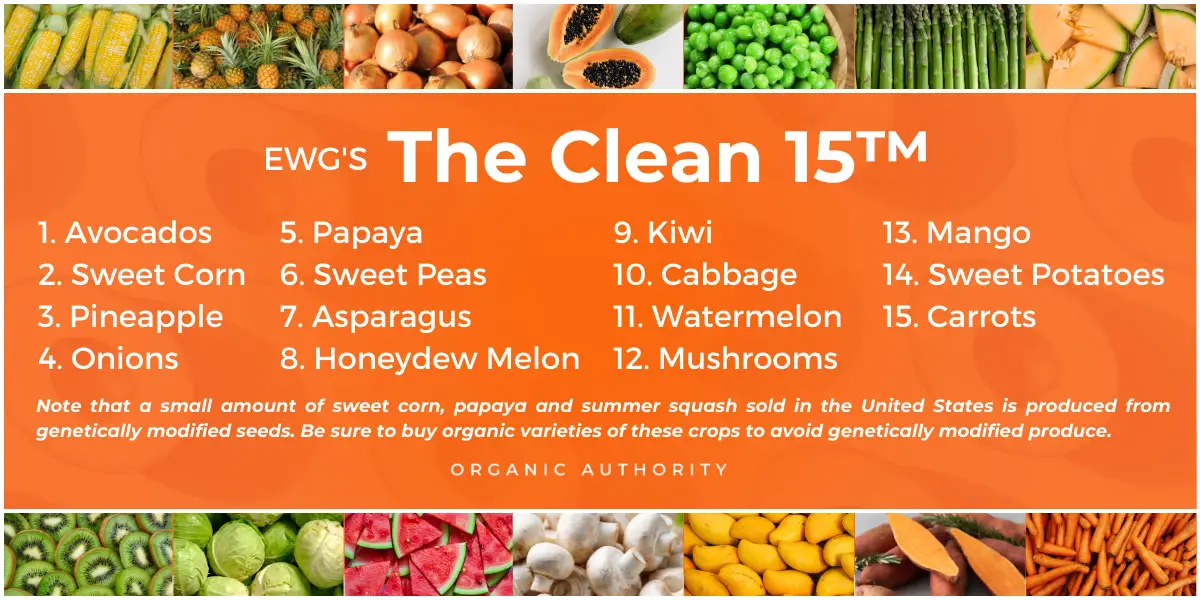
Organic Authority Studio
- Avocados
- Sweet Corn
- Pineapple
- Onions
- Papaya
- Sweet Peas
- Asparagus
- Honeydew Melon
- Kiwi
- Cabbage
- Watermelon
- Mushrooms
- Mango
- Sweet Potatoes
- Carrots
Note that a small amount of sweet corn, papaya and summer squash sold in the United States is produced from genetically modified seeds. Be sure to buy organic varieties of these crops to avoid genetically modified produce.
Here’s How to Grocery Shop Without Going Broke
Does all this mean in order to have a kitchen free of toxins, you should prepare to pay a premium for all organic produce from now on? Not at all. There is a way you can get all of the nutrient-dense fruit and veg your heart desires (and needs) without going into debt — enter the Clean 15.
If the Dirty Dozen list pivots you away from non-organic produce that you should avoid, then consider the Clean 15 your yellow brick road to the good stuff. This list, compiled alongside the Dirty Dozen, identifies fruits and vegetables with very low or undetectable pesticide residues. The good news? Nearly 65% of the Clean Fifteen samples tested by the EWG in 2024 had no detectable pesticide residues at all!
“EWG recommends consumers seeking fresh produce with low pesticide residues buy organic versions of items on EWG’s Dirty Dozen and either organic or conventional versions of produce on the Clean Fifteen,” Temkin said. “There are also many organic and Clean Fifteen options in the frozen food aisle.”
The bottom line? Despite the new fungicide focus of this year’s report, the Dirty Dozen’s core message remains the same. Opt for organic versions of the listed fruits and vegetables of the Dirty Dozen, and feel free to purchase conventionally grown produce listed in the Clean 15.
P.S. Did you know? Organic Authority has its own nutrition and wellness shop to meet your needs and help you take control of your health. Shop supplements for energy, sleep, inner beauty for skin support, clean protein, pantry items and more.Shop The Organic Authority Shop now.
Read More on Organic Authority
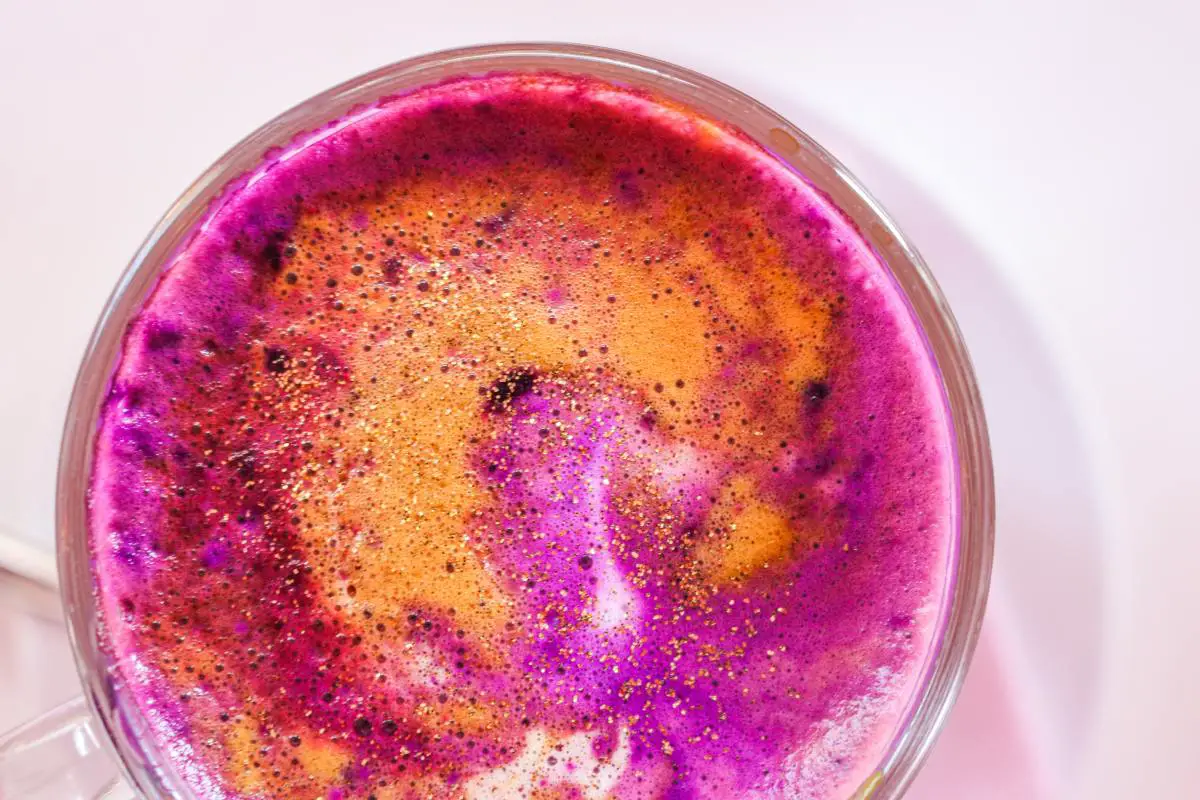
Vegan Collagen: Ultimate Guide to Vegan Collagen Powders, Expert Advice
The Best Collagen Supplements, Powders & Peptides, According to a Dietician
12 Very Best Clean Face Serums by Word of Mouth
Sources:


